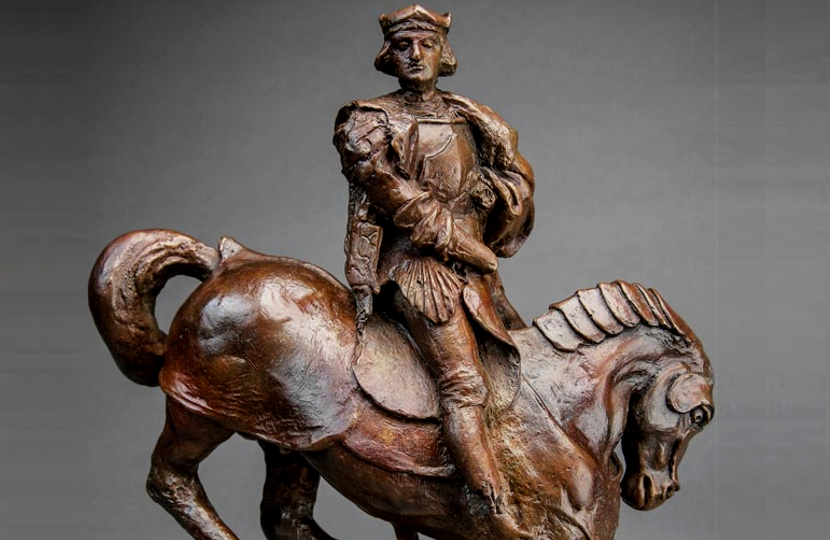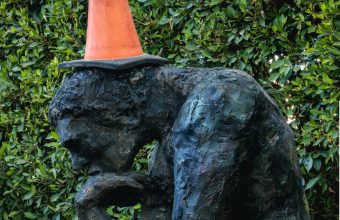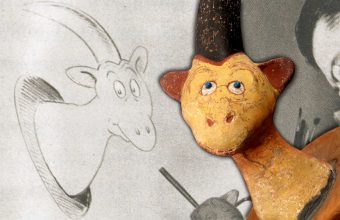A bronze sculpture believed to be the work of Leonardo Da Vinci will be offered for sale at Guernsey’s Auctions later this year.
Entitled ‘Horse and Rider’, the unique bronze sculpture is the only example cast directly from an original beeswax model, said to have been hand-carved by Leonardo circa 1510.
The sculpture will now hit the auction block alongside the original mold made from the wax figure, during a special sale in New York on October 30.
The 16th century wax model has been authenticated as a genuine Leonardo da Vinci work by the renowned Italian art historian Carlo Pedretti, author of more than sixty volumes on the Renaissance genius.
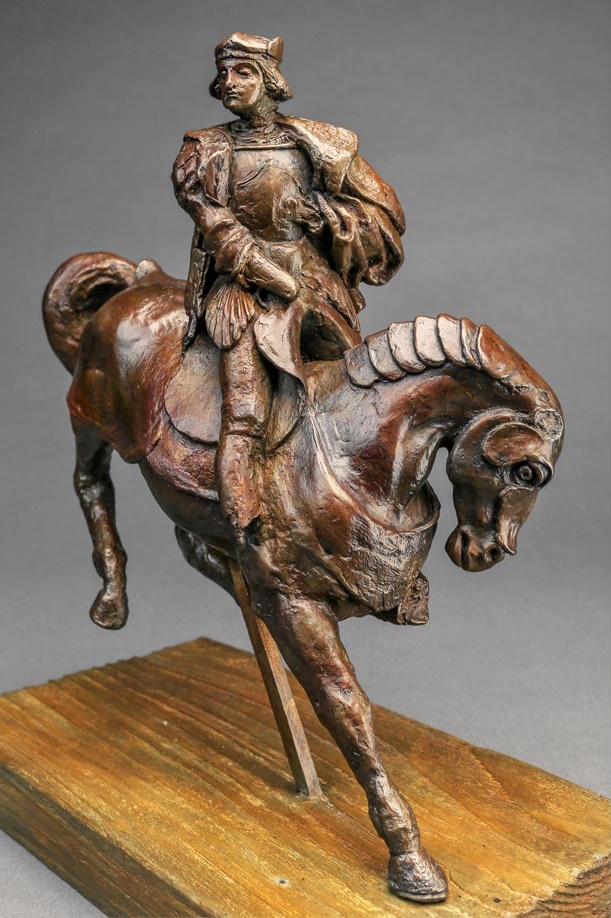
The first clue to Leonardo’s authorship lies in a handwritten note discovered in the Codex Windsor, a collection of his notes and drawings owned by the British Royal family.
Amongst the 600 pages are detailed sketches of horses, believed to be studies for his legendary lost painting The Battle of Anghiari.
One study in particular bears a strong resemblance to the horse in the sculpture, and next to it Leonardo has written a note to himself, which reads simply “make one of wax about finger long”.
The second clue lies in the appearance of the horse’s rider, who bears a strong resemblance to Charles d’Amboise, a French nobleman who served as French governor of Milan and became one of Leonardo’s most important patrons.

In 1506 d’Amboise commissioned Leonardo to design the gardens for his villa, which would include innovative water features and a monumental sculpture.
It’s believed that Leonardo used his preliminary studies of horses to create the original beeswax figure, which was in itself a preparatory model for a life-sized sculpture.
Charles d’Amboise died in 1511, followed by Leonardo in 1519, and the final sculpture was never produced.
According to Pedretti, all that remained was the small wax model, which then passed into the collection of Leonardo’s pupil Francesco Melzi alongside a number of notebooks and unfinished works.
It was later recorded as passing through several leading Italian private collections during the early 20th century, and in 1985 it was acquired by international antique dealer David Nickerson.
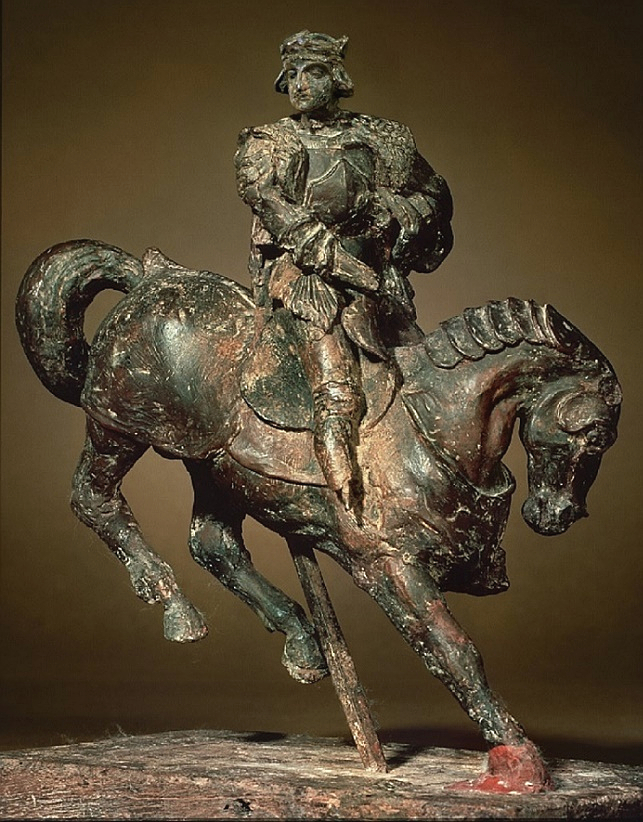
Horse and Rider was then attributed to Leonardo by Pedretti, and first came to the world’s attention in 1995 when it was exhibited around the world as part of a show entitled ‘Leonardo da Vinci: Scientist, Inventor, Artist’.
Over the centuries the wax model had sustained damage, including the loss of the horse’s leg and the rider’s hands and feet, and is currently housed in the climate-controlled environment of a private London collection.
The mold was carefully taken from the delicate wax model in 1985, and in 2012 it was used to produce a single bronze sculpture using the ‘lost wax’ method.
The appearance of any Leonardo da Vinci work on the open market brings with it a mixture of hype and scepticism – as witnessed in 2016, when the rediscovered painting Salvator Mundi sold for a world-record $450 million.
Since then it has completely disappeared from view, with numerous doubts raised about its authenticity and condition.
Just like the Salvator Mundi, the attribution of Horse and Rider as an authentic Leonardo work has long caused controversy amongst scholars.
It remains to be seen if it will cause similar international headlines when it hits the auction block in October.







